Yamato Nitrogen Regulator, Pressure Range: 0-600 psi, 2” Gauges
﷼51.00
VAT is included in price
If you have not found the product you need. Feel free to contact us
- Regulator has a CGA580 inlet connection, Fits all Nitrogen, Argon, Helium, and Inert Gas Tanks, and 1/4 inch male flare outlet connection– 7/16-20 Threads
- Delivery Pressure Range: 0-600 psi – For its use with inert gases like Nitrogen, Argon and Helium
- Made of solid brass, sturdy and durable., full-size regulator – 2” Gauges with rubber protectors.
- Great for HVAC Purging / Energization / Pressure Tests / Leakage Tests
- Great for welding, purging, and pressure testing air conditioning and refrigeration systems, filling shock absorbers, and many other uses
1 review for Yamato Nitrogen Regulator, Pressure Range: 0-600 psi, 2” Gauges
Description
Features
- Full-size regulator featuring two-inch gauges protected by rubber.
- Compatible with all tanks that hold nitrogen, argon, helium, and inert gas.
- It can be used with inert gases such as nitrogen and helium.
- The regulator’s inlet is connected to the CGA580.
- It is made of brass.
- Strong and Long-lasting.
A pressure regulator is a valve that employs negative feedback to set the pressure of a fluid to a certain value. Regulators are used for both gases and liquids. They can consist of three separate parts; a flow valve, controller, and pressure sensor.
The Yamato Nitrogen Regulator is a mechanical instrument that connects to the delivery valve on the cylinder. The regulator is designed to operate at the maximum pressure for a specific cylinder while regulating the output–delivery–to a lower pressure for use. It is equipped with security measures that limit the rate of gas emission in the event of a breakdown. There are two pressure gauges; one on the cylinder side to display the contents pressure and another on the delivery side. The delivery pressure can be adjusted to the desired amount using the adjustment control.
In this article, we’ll explore the working mechanism, installation, advantages, and uses of the Yamato nitrogen regulator.
Operation of a Nitrogen Gas Regulator
The controller’s chamber fills with gas, applying pressure to the diaphragm. The set spring then controls the diaphragm’s upward movement. This permits a certain fuel flow to be made from the source to the appliance or gadget. The control knob can be adjusted to change the force and flow rate. More gas can enter the valve by turning the diaphragm down in a clockwise direction. Reduce the pressure and fuel by turning counter-clockwise.
The gas controller’s mechanisms are well-coordinated. The surrounding air, on the other hand, is another factor that is involved. Gas pressure is influenced by atmospheric pressure, which is determined by the building’s elevation above sea level.
Dual Guage
A pressure gauge is an essential instrument for monitoring and ensuring peak performance. It reads out the high and low pressures passing through the regulator. There are two gauges on the Yamato nitrogen regulator; a low-pressure “outlet” or “delivery gauge” and a high-pressure “inlet” gauge.
Dual Stage Regulator
Dual-stage regulators contain two controllers that work together to lower pressure in two steps rather than one. A spring, diaphragm, and control valve make up each stage. First, the supply (inlet) gas pressure is lowered to an intermediate level, usually three times the maximum operating pressure. The pressure is lowered even more in the second stage to a manageable working pressure. Two safety valves on a dual-stage controller reduce the risk of an explosion.
Pros
A two-stage nitrogen regulator’s benefit is its capacity to maintain a steady pressure even when the incoming pressure drops. For example, once a gas cylinder is empty, its force decreases. In a dual-stage controller, the second stage compensates for the rise by maintaining a consistent delivery pressure regardless of inlet pressure. The two-stage regulator is suitable for applications such as gas supply to analytical instruments, which require a constant delivery pressure.
Setting Up The Regulator
Nitrogen regulator includes CGA (Compressed Gas Association) fittings for connecting to cylinders. Every CGA connection has a number assigned to it along with a list of approved gases. The use of a controller on incompatible gases is prohibited by the CGA. A hydrogen cylinder, for instance, cannot be connected to the CGA connector CGA 540, which is intended for use with oxygen.
Linking the Cylinder to the Regulator and Determining the Delivery Pressure
- Turn the hand knob counterclockwise to shut off the regulator.
- Rotate the valve knob in a clockwise manner to close the controller outlet valve.
- Attach the device to the cylinder without forcing the threads.
- Open the gas cylinder valve gradually. Make sure the inlet force gauge reads the expected value.
- Examine all high-pressure connections for leaks with an approved soap solution or leak-detecting instrument.
- Get the cylinder valve fully open.
- Turn the hand knob on the regulator to increase the delivery pressure to the required level.
- Open the regulator’s outlet valve to allow gas to flow into the system. The gas flow is managed by this valve.
- The delivery pressure can decrease a little once the flow is established. Check to ensure that the delivery pressure is correct and make any necessary changes.
Applications
Numerous popular household and commercial applications include nitrogen regulators. In situations where there are significant changes in the intake pressure, a two-stage pressure regulator works well.
Compressors of Air
Air compressors are used for a variety of tasks in household, commercial, and industrial workshop settings. These tasks include inflating tires, balls, and other objects, as well as powering air-powered tools and blowing things clean. A gas regulator is commonly used to match the pressure coming out of an air receiver (tank) to what is required for the task.
Aircraft
Nitrogen regulators are used to pressurize aircraft cabins, control canopy seal pressure, and potable water systems, and pressurize waveguides.
Aerospace pressure regulators are used in reaction control systems (RCS) and attitude control systems (ACS) for propulsion pressurant control. These systems are subject to strong vibration, significant temperature swings, and corrosive fluids.
Cooking
Pressurized pots can be used to cook food much faster than under atmospheric pressure. Because the higher pressure enhances the boiling point of the contents. All modern pressure cookers will include a pressure regulator valve and a pressure relief valve as safety features to prevent an explosion. If the pressure regulator valve fails to properly release pressure.
The majority of models for home cooking are designed to keep a low and high-pressure setting. Typically, 7 to 15 pounds per square inch (0.48 to 1.03 bar) are these settings.
Cutting and Welding
A regulator is typically employed to lower the high pressures of storage cylinders to those useful for cutting and welding because oxygen-fuel welding and cutting procedures require gases at certain pressures. Gas supplied through a regulator and kept at high pressure is also used in inert gas-shielded arc welding.
Automobiles that Run on Gas
A nitrogen regulator is necessary for all vehicle motors that use compressed gas as fuel to lower the pressure of the stored gas (CNG or hydrogen) to operating pressure from 700, 500, 350, or 200 bar (or 70, 50, 35, and 20 MPa).
Natural Gas Sector
The natural gas sector makes substantial use of Yamato nitrogen regulators. Large transmission pipelines are used to transfer natural gas across the nation after it has been compressed to high pressure. Transmission pressures up to 1,000 pounds per square inch (69 bar) must be gradually lowered to a level that is suitable for use in commercial, residential, and industrial settings.
Wrapping Up
With its many features and advantages, the Yamato Nitrogen Regulator is a dependable and adaptable instrument suitable for a wide range of uses. Its full-size design and rubber-coated gauges provide strength and user-friendliness. It is appropriate for jobs like adding fluid to shock absorbers, air conditioning, and welding. Because it is safe and compatible with a variety of gases. The two-stage mechanism with twin gauges offers accurate pressure management and safety, which makes it perfect for both home and commercial applications. Examples of these include gas-fueled automobiles, airplanes, cooking, cutting, and welding, as well as the natural gas industry.
Overall, the Yamato Nitrogen Regulator is unique in that it can regulate gas pressure for a variety of uses while keeping up effectiveness, dependability, and security features.
FAQs:
You may also like…
Related products
-

Ten High 2 Way Screw Driver Bits Set Double Ended
5.00 out of 5﷼20.70 -
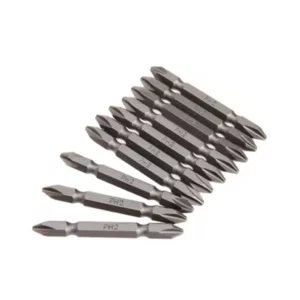
Double Ended Screw Driver, Magnetic Tips Screw Drivers
4.00 out of 5﷼8.05 – ﷼11.50 -
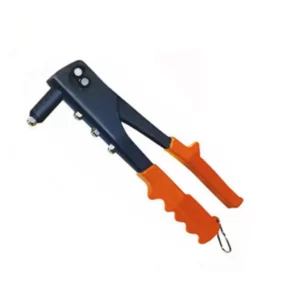
Rivet Gun Hand Riveter Heavy Duty Gun
5.00 out of 5﷼23.00 -
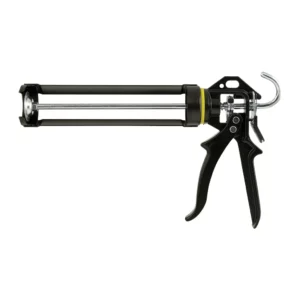
Heavy Black Silicon Gun 9″ Sealent Gun KSA
4.00 out of 5﷼13.80 -
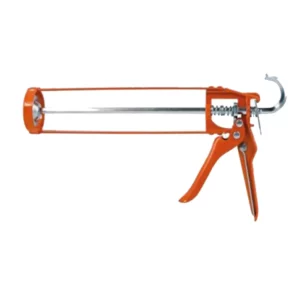
Light Orange Silicon Gun 9″ Sealent Gun KSA
0 out of 5﷼10.35 -

HSS Straight Shank Twist Drill Bits
4.00 out of 5﷼1.75 – ﷼17.25 -

Skilled Power Tool Drill,450W, Load Speed 3000/min, Voltage 220-240v- F=50/60HZ
4.00 out of 5﷼103.50 -
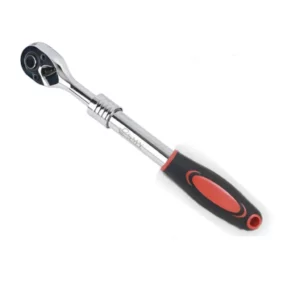
Round Head Gear Wrench Handle Hexagonal Supported Tool
4.00 out of 5﷼51.75 -
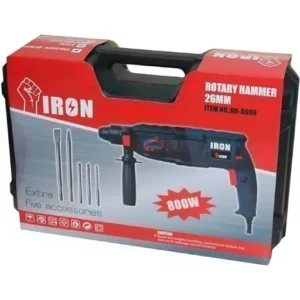
IRON Rotary Hammer Drill SDS Plus 800 W – 26mm
4.00 out of 5﷼172.50 -
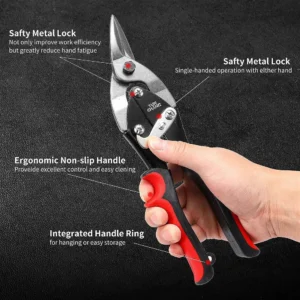
AVIATION 10″ SNIP MIDWEST USA
5.00 out of 5﷼97.75


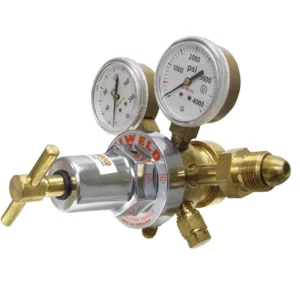
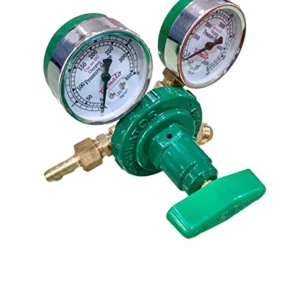

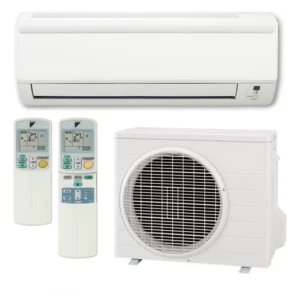
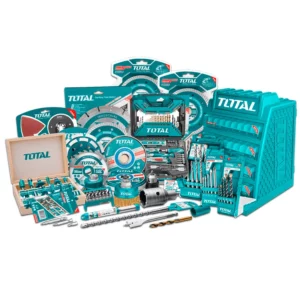
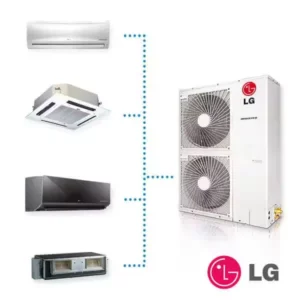
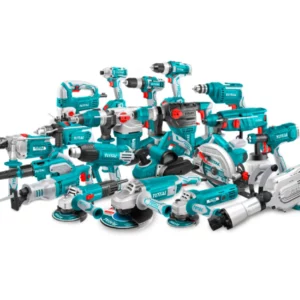
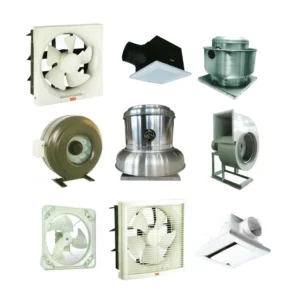
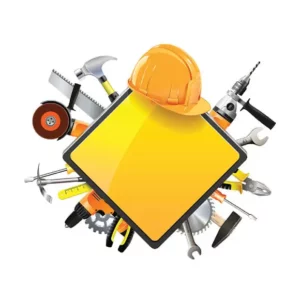
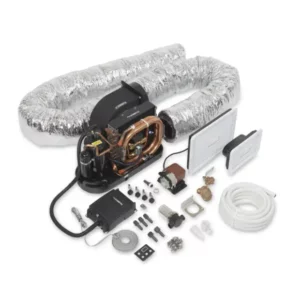
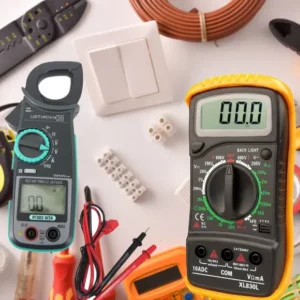

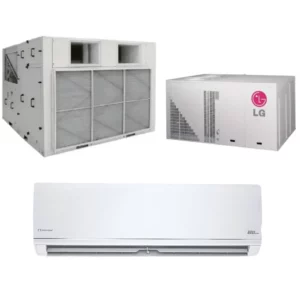

Fahd bin Abdulaziz Al Saud –
The Yamato Nitrogen Regulator with a pressure range of 0-600 psi and 2” gauges offers reliable and precise pressure control for various applications.